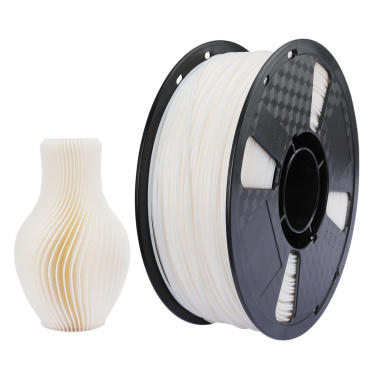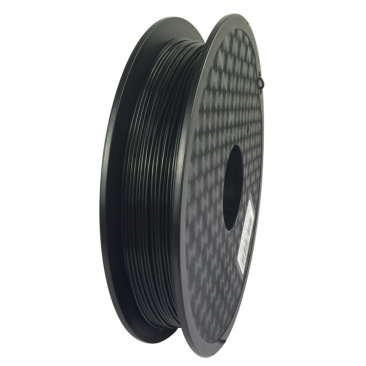What are the specialized biodegradable materials
Aug 29,2024
The ubiquitous plastic products have facilitated people's lives, but the resulting plastic waste has also caused significant pollution to the ecological environment. The plastic pollution caused by plastic bags is gradually endangering the natural environment and people's normal lives. So what are the specialized biodegradable materials?
To deal with "white pollution", in addition to raising environmental awareness and reducing the use of disposable plastic products, another important method is to replace ordinary plastics with biodegradable plastics.
Generally, biodegradable materials can be divided into four categories: photo degradable plastics, biodegradable plastics, photo/biodegradable plastics, and water degradable plastics. After mixing photosensitizer with plastic, the plastic will gradually decompose under the irradiation of sunlight. But its disadvantage is that the degradation time is affected by sunlight and climate environment, so it cannot be controlled.
What are the specialized biodegradable materials
Biodegradable plastics are the dual characteristics of photodegradable plastics and biodegradable plastics. Hydrolytic plastic is a type of plastic that is soluble in water due to the addition of water absorbing substances. With the development of modern biotechnology, biodegradable plastics have become a new hot topic in research and development.
Polylactic acid (PLA) is polymerized from lactide monomers extracted from plant sugars and can be completely degraded into water and carbon dioxide in compost. Polyhydroxyalkanoates are aliphatic copolyesters with different structures obtained by microorganisms through fermentation with various carbon sources. They can be used not only in packaging materials, agricultural films, but also in fields such as medicine, cosmetics, animal feed, etc.
Latest News
















